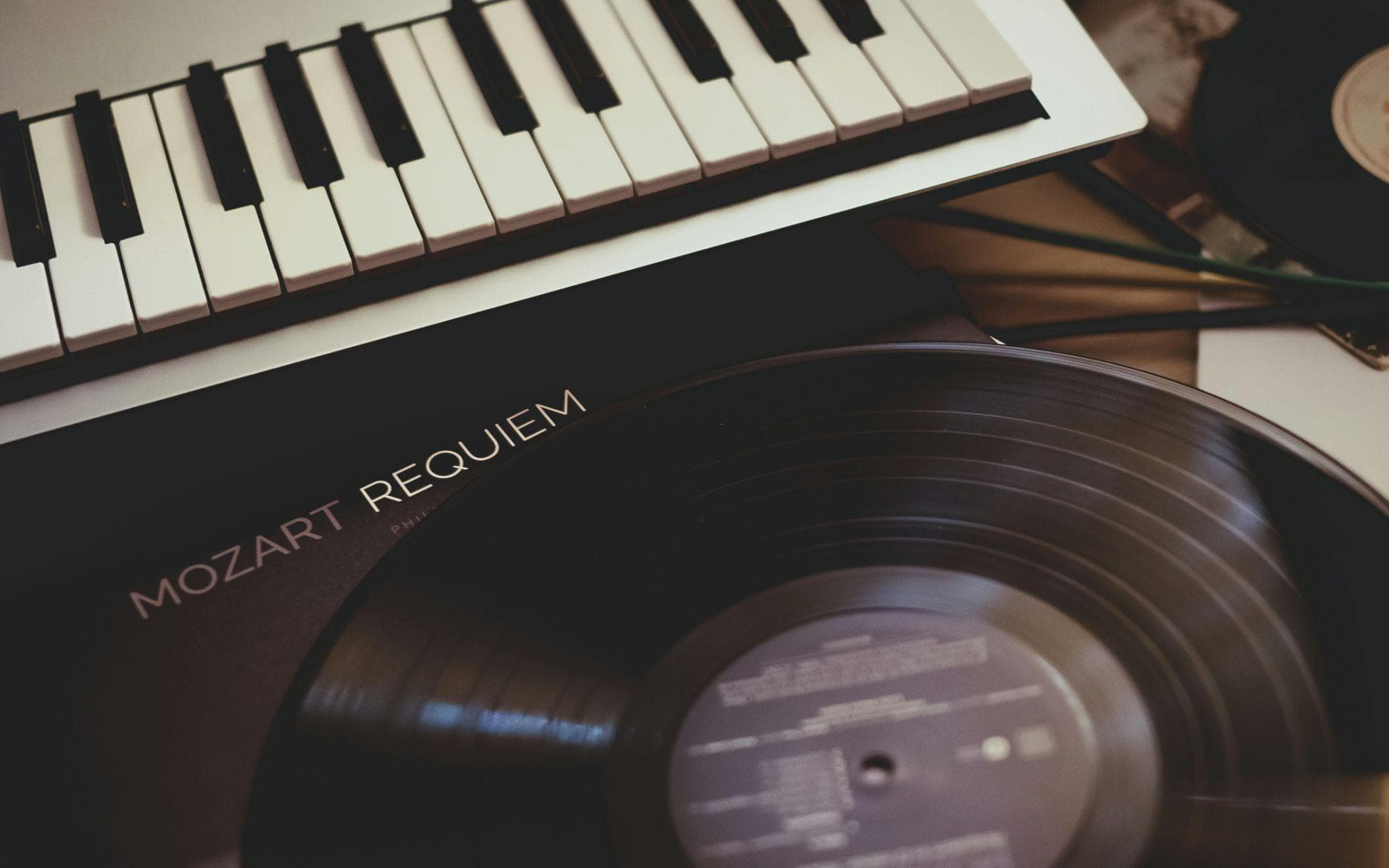That moment when the bass hits and everyone in the crowd moves like one body–that's not magic. It's brain science, psychology, and thousands of years of human evolution packed into one perfect musical second. DJs, producers, and composers figured out through trial and error what scientists now prove in labs: rhythm and tempo don't just touch emotions, they build them and control them.
The Architecture of Musical Anticipation
The beat drop works because it plays with how our brains handle anticipation and reward. The buildup in dance music (that climbing tension as sounds rise, drums speed up, and vocals cut out) creates a specific brain state. Hearts beat faster. Breathing shifts. The waiting is the drug; the drop just delivers it.
This trick shows up all through music history. Classical composers like Beethoven built whole pieces around tension and release. The start of the Fifth Symphony creates such strong anticipation that crowds want to clap after just four notes land. Jazz players master delayed satisfaction, holding notes past where you expect, making sweet tension before landing on expected chords.
Today's producers have this down to a science. The typical EDM buildup runs exactly 16 to 32 bars, which is long enough to build real tension but not so long that waiting turns to annoyance. The pre-drop silence usually lasts one to four beats, just enough for the brain to notice the absence before the sound crashes back. Every piece is calculated to maximize that emotional peak when the bass finally hits.
The brain's reward system evolved to release dopamine while waiting for good outcomes: this is what kept our ancestors motivated to hunt, gather, and find partners. Music hijacks this old system, using rhythm and pattern to create expectations, then delivering perfectly timed payoffs.
Entertainment beyond music learned these same tricks. Movie composers use rhythmic builds before action scenes. Video games increase tempo as levels get harder. Even casino spaces, both land and online, get that anticipation beats reward almost always. The spin of slot reels, the bounce of a roulette ball, the pause before cards flip, the sound that is created when that no deposit bonus flicks on the screen in casinos such as bonusy-bez-depozytu.pl, these create the same brain anticipation state that musical buildups make.
Neuroscience of Rhythm

Human brains don't just hear rhythm; they sync with it. Rhythmic entrainment happens automatically when we hear steady beats. Neurons start firing in patterns matching the music's tempo. Hearts adjust. Breathing aligns. That's why whole crowds move together without planning; their nervous systems are literally synchronized.
Brain scans show that music activates the motor cortex even when people sit still. The brain prepares the body to move, whether movement happens or not. This is why fingers tap, heads nod, and feet bounce almost without thinking when music plays.
Different tempos activate different brain networks. Slow tempos (60-80 BPM) tend to activate the calm nervous system, creating peace and cutting stress. This is why lullabies work, why yoga studios play slow music, and why sad songs usually sit here.
Mid-range tempos (90-120 BPM) hit a sweet spot for focus and getting stuff done. This explains why so many people work to music in this range; it's engaging enough to block distractions, but not so intense that it becomes the distraction.
Fast tempos (130+ BPM) activate the alert nervous system, the fight-or-flight response. Hearts speed up, adrenaline flows, energy peaks. This is where EDM, punk, and workout music live.
Tempo as Emotional Language
Tempo tells emotion before a single note plays. A 70 BPM ballad signals sadness or thinking before the lyrics tell the story. A 140 BPM techno track promises energy and release before the beat drops. Listeners recognize these emotional signs instantly because they're wired into human bodies. Composers use this by changing tempo within songs. Today's producers push this further with extreme tempo tricks.
